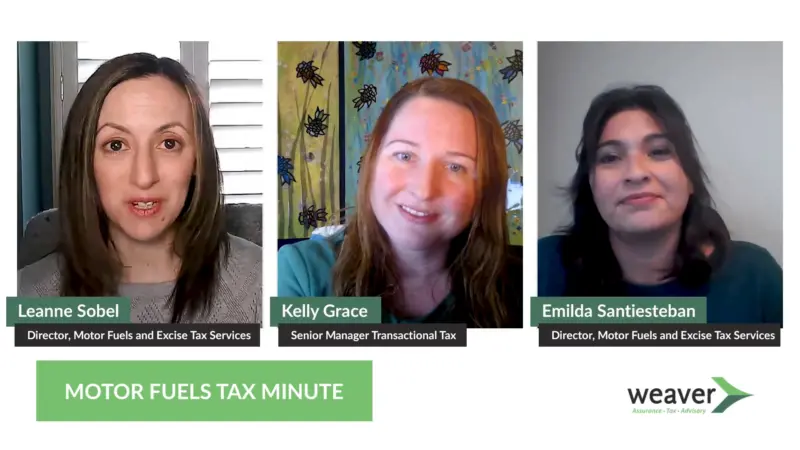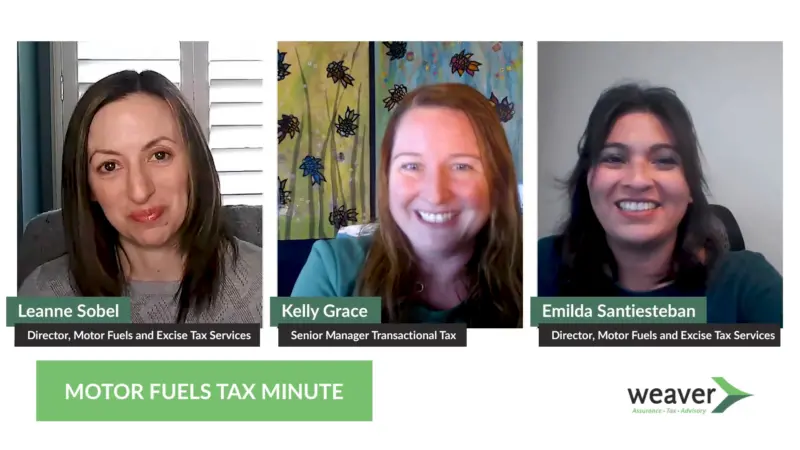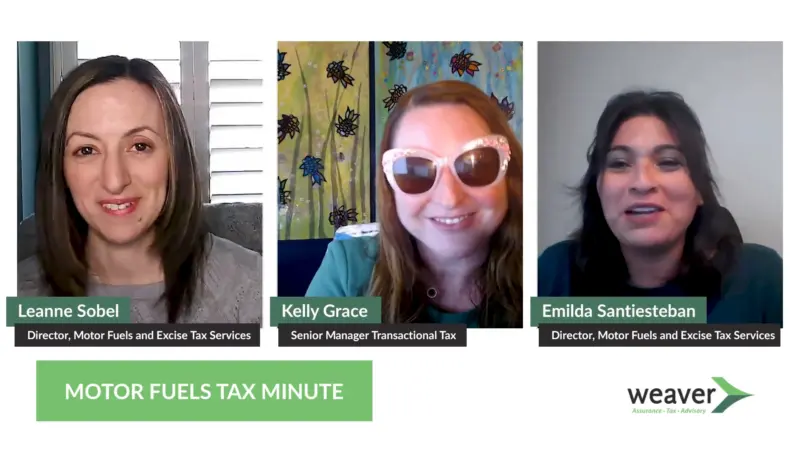Bipartisan Infrastructure Bill: Managing a Deluge of Funds and Delivering on Promises
Our nation faces high inflation and an uncertain post Covid economic recovery. However, the government sector is flush with cash and funding for infrastructure improvements and capital programs approaches historic levels. Nearly a year ago President Biden signed the Bipartisan Infrastructure Bill,” a once-in-a-generation investment in our nation’s infrastructure and competitiveness”. Millions, billions and yes, even trillions are spent and allocated by the government for the business of running the country.
How do government agencies respond? What really happens with all that money and how are government leaders managing the influx of funds, making sense of constituent needs, and achieving their goals – all while maintaining transparency and accountability?
In the podcast, “Weaver Beyond the Numbers: The Business of Government,” host Adam Jones, Weaver’s State Government Practice Leader, chatted with Todd Hoffman, Partner, Government Consulting Services, to discuss large-scale infrastructure funding and some of the challenges facing state and local governments.
Jones noted that the contents of President Biden’s Bipartisan Infrastructure Bill, provide state and local governments with billions in long-due funding needed to create meaningful change for their constituents. Hoffman agreed saying that the bill is large-scale and takes into account multiple factors. There is an objective behind the effort and now is the ideal time for organizations to prepare their business case around priority projects with the goal of maximizing this opportunity.
“When you look at our nation as a whole — we’ve underinvested in infrastructure spending; on roads, bridges, power systems, rail, broadband, water systems and public transportation over the years. We have an aging infrastructure,” said Hoffman.
He also mentioned the goal for many organizations is to modernize practices in IT, human resources, governance while creating a results-oriented approach in support of that change.
Jones and Hoffman further explored:
1. The emergence of the need for more transparency around federal funds
2. How broadband is particularly unique area in money allocated for infrastructure
3. The four pillar approach to management
“We’ve been through some interesting times in the last few years as a nation and, if we think about it, Government has been at forefront of the efforts as the community is looking to for solutions and support,” said Hoffman. “Because of this, there is a strain on the employee base. Where we help is in providing ways to prioritize projects and develop business cases for the additional funding support.”
Collaboration and relationship building are key comports to better problem solving in these times. There is power in the collective and when organizations think ways to improve delivery of services they can get better solutions when pulling in others. Hoffman went on to say, “What you’ll find is there is a lot of overlap in what teams and departments are trying to accomplish and through collaboration you can identify those things and find common solutions. Collaboration equals better problem solving.”
Todd Hoffman is Partner, Government Consulting Services, for Weaver and has 34 years of consulting experience successfully delivering results in state and local government.



